This post may contain affiliate links. Please read our privacy policy for additional information.
Easter Bread, or Ukrainian Babka, is one of my household’s most beloved Easter traditions. I come from a Ukrainian family, and my grandmothers would make Babka every Easter. When my Grandma wasn’t around to make it, my Mom would take over. I have been making Easter Bread since I had my children and have taught them the tradition.
Karlynn’s Recipe Rundown :
Ukrainian Babka (Easter Bread)
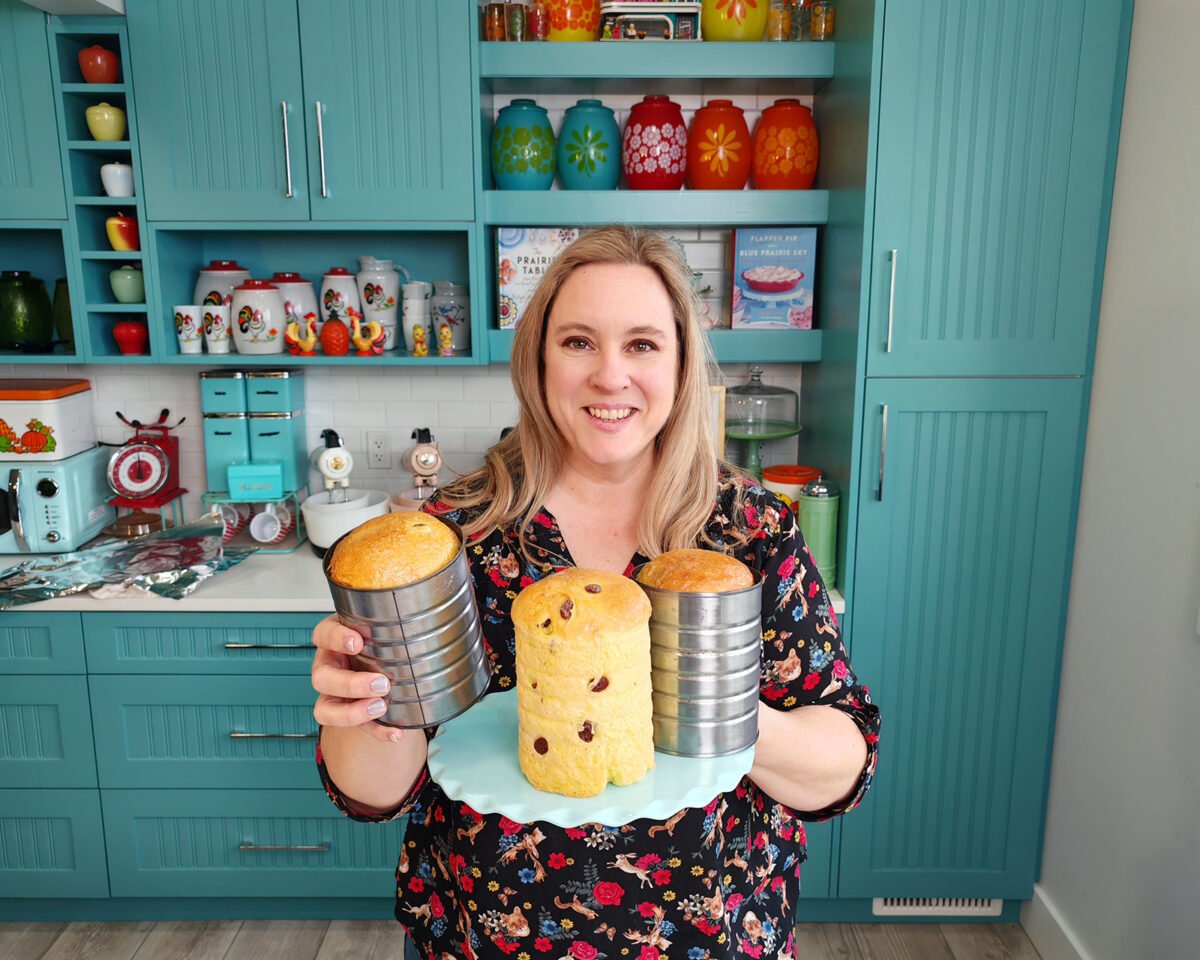
- Babka is a light, buttery, slightly sweet yeast bread with raisins that is traditionally baked in coffee tins. This recipe takes hours to make, so plan accordingly.
- My family has passed down this traditional Ukrainian Babka (Easter bread) recipe for generations. We bake it every Easter.
- This can also be baked in loaf pans if you don’t have a stash of coffee tins.
Is This Babka or Paska?
This recipe is called Babka by mainly Canadian Prairie Ukrainian settlers, as it has been argued (as you can read in the comments!) that this is Paska. Now, here on the Prairies, my Mom and Baba swore up and down that actual Paska is not a sweet bread, is braided, and has no raisins.
Here on the Prairies, we tend to have our own little culture when it comes to being Ukrainians. We pronounce kielbasa as ” koooo-basa” – which is the ONLY place that it’s pronounced like that! Isn’t that strange? It’s a uniquely Canadian prairie version of saying the word; however, with our huge population of Ukrainian settlers, it’s no less authentic, just as calling this Babka is no less authentic. Ways and words were changed when my ancestors arrived here and adapted to a new life.
Ingredient Tips You Need to Know
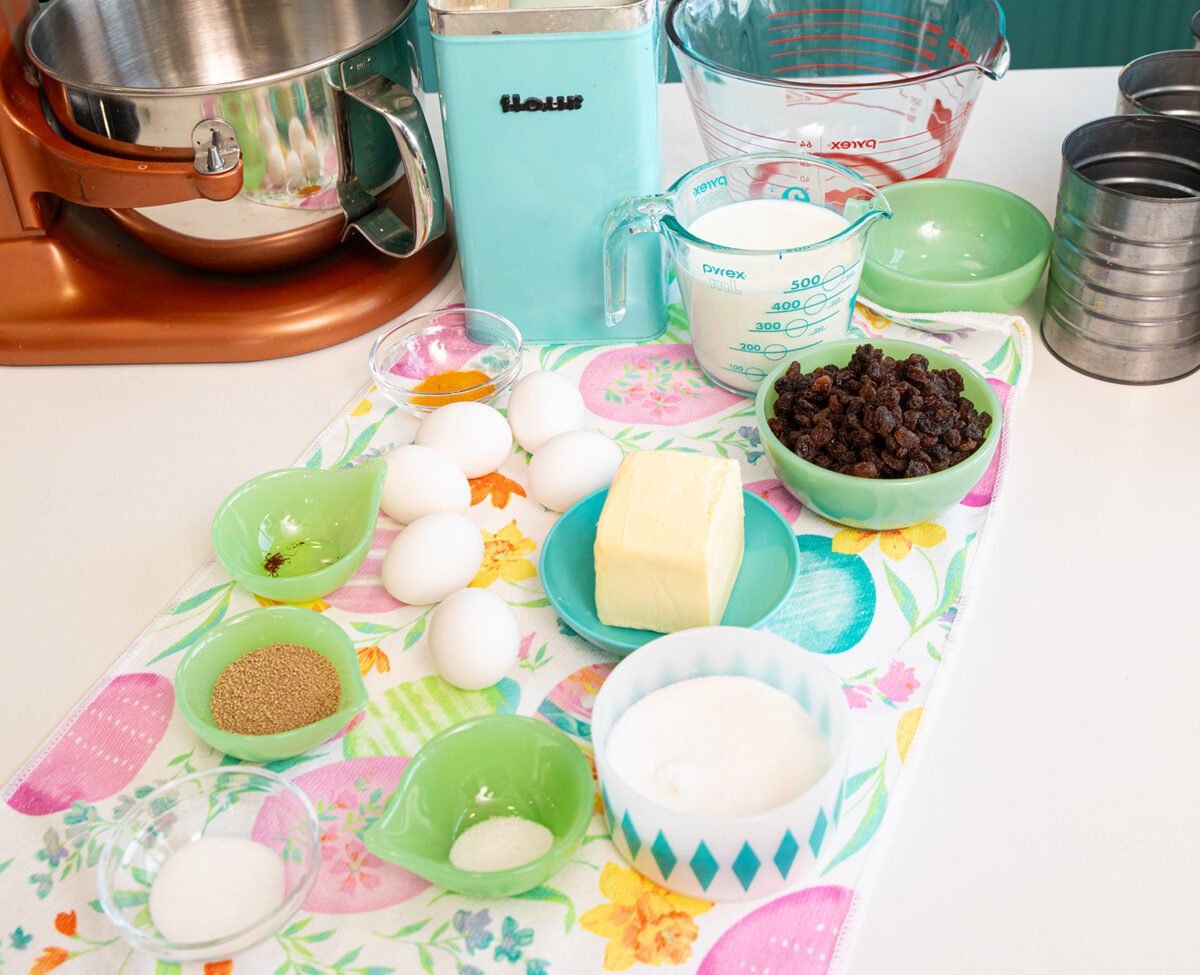
- Butter -the better quality your butter is, the better the babka will taste. If you use salted butter, omit 1 teaspoon of the salt in the recipe.
- Milk: whole milk is the best milk to use in this recipe.
- Granulated Sugar: do not use any other type of sugar in this bread.
- Traditional Yeast: you can only use traditional yeast in this recipe.
- Egg Yolks: using only egg yolks is what makes this bread so rich
- Saffron or Turmeric: saffron is traditional. However, turmeric can be used in a pinch to color the bread.
- All-Purpose Flour – Do not use bread or pastry flour
- Raisins: Thompson raisins are the best in this
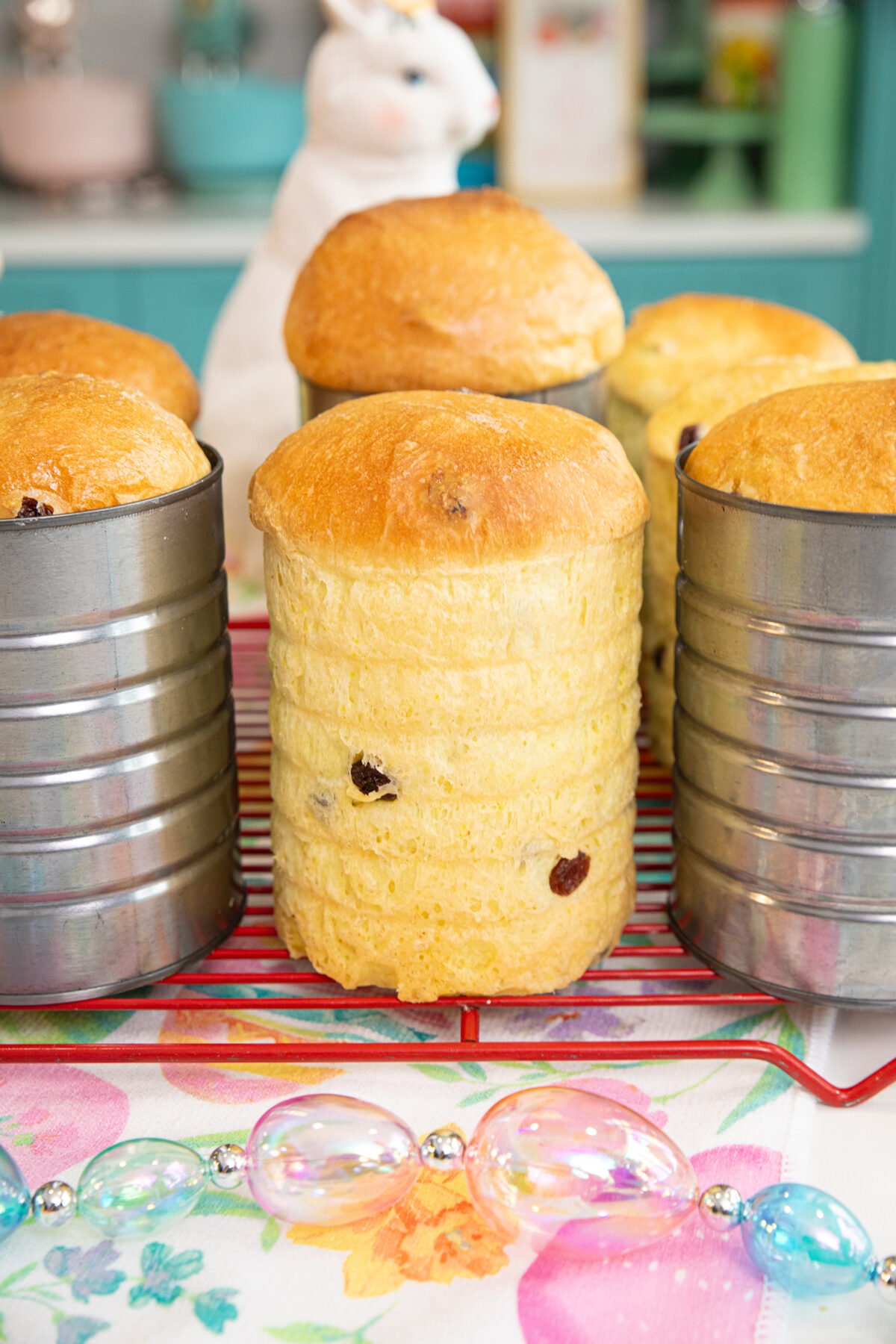
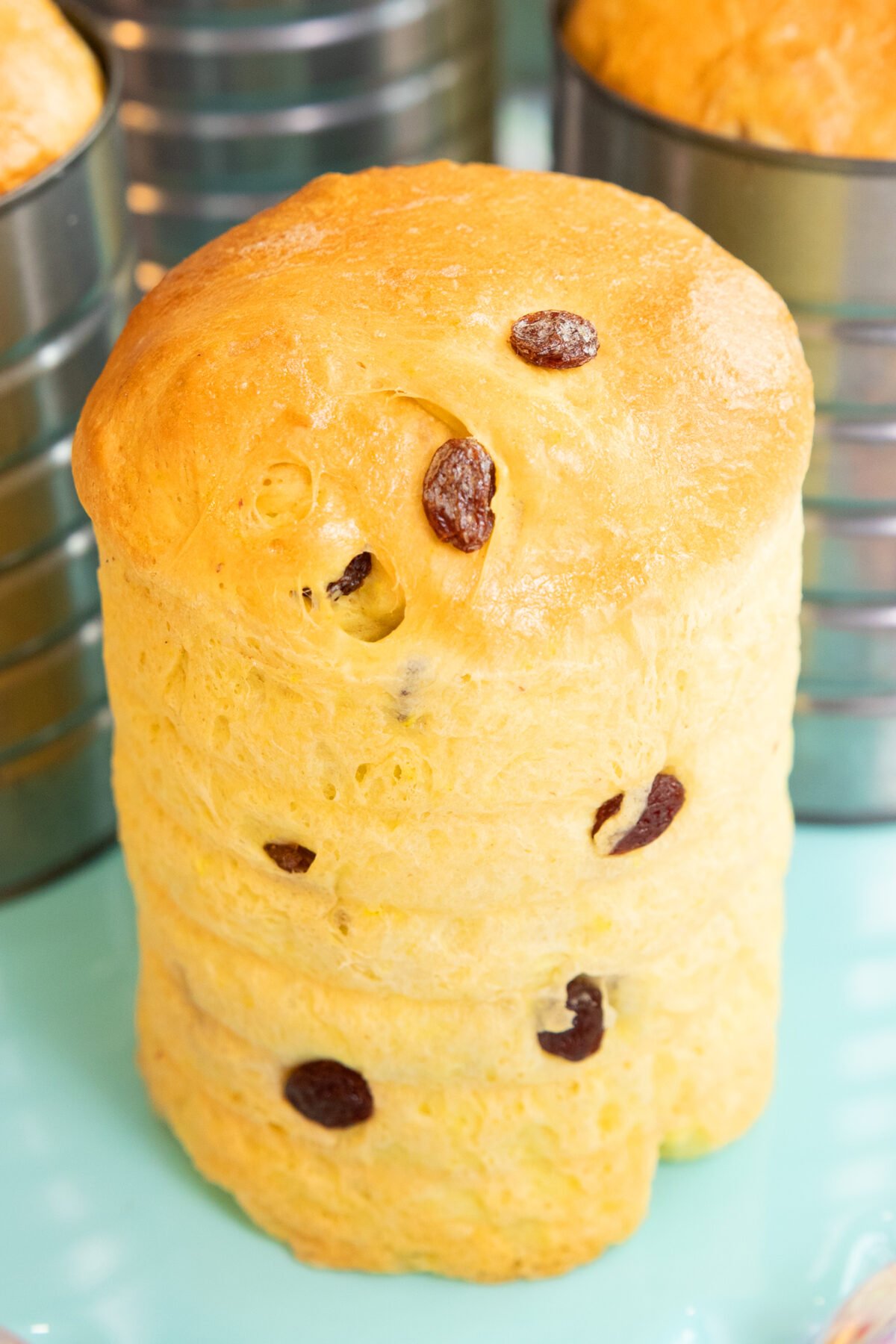
Baking Notes For Success
- No matter what size of tin or baking pan you use, the trick for this bread is that you only fill it one-third of the way with the dough. This dough is so light and airy it will triple in size and fill the container. This works in loaf pans and other sizes of coffee or soup tins.
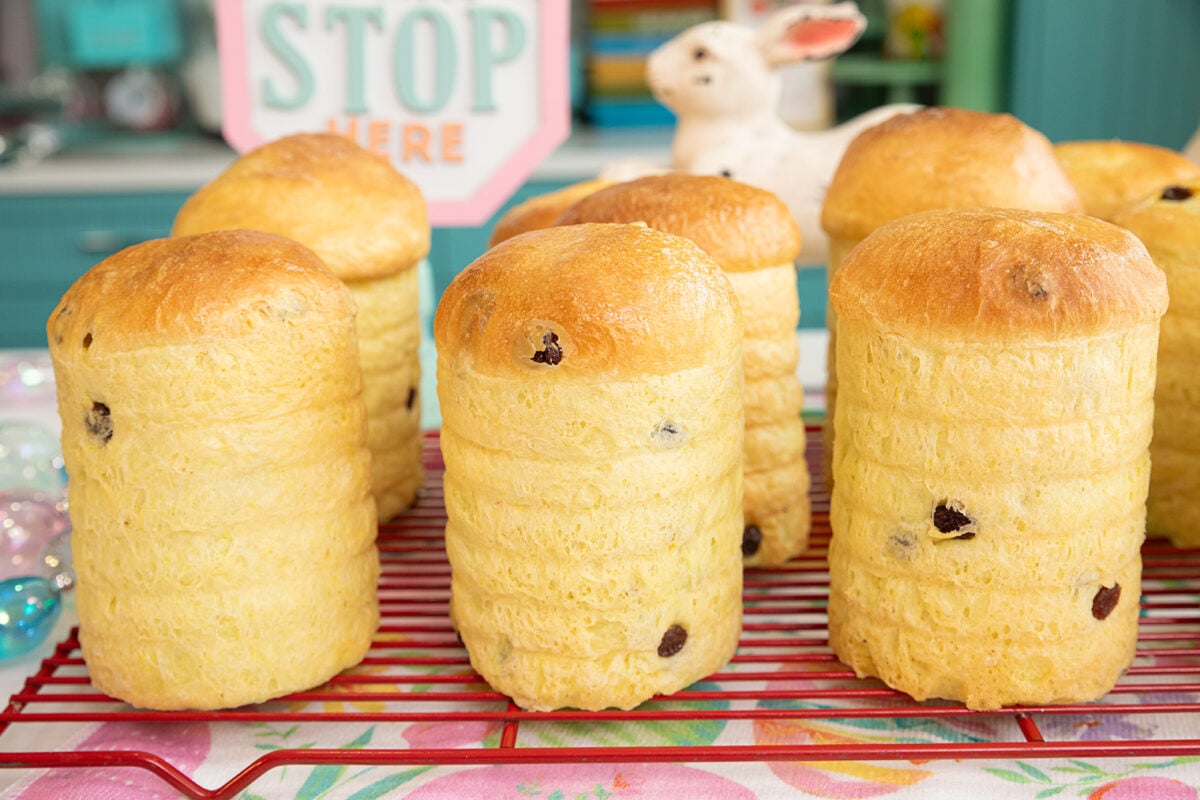
- Generously butter (not spray or anything else) the coffee cans, and your bread will never stick inside. You don’t have to use a knife to release it; simply shake it slightly from side to side, and it will loosen and release.
- You have to remove the Easter bread from the tins 5 minutes after you remove them from the oven. The tins will still be hot, so use oven mitts. If you don’t, the bread will become soggy.
- Watch my long video for help; I go through it step-by-step.
Happy Baking and Happy Easter, you guys! I am so excited to share this recipe with you. It’s our family tradition, and I’m thrilled you can also bake it! Make sure to allot an entire day for baking and watch the full video as well.
Love,
Karlynn
More Delicious Easter Recipes
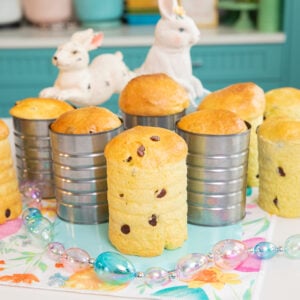
Easter Bread (Ukrainian Babka)
Ingredients
Scalded Milk Mixture
- 1 cup butter see notes
- 2 cups whole milk
- ¾ cup granulated sugar
- ½ teaspoon saffron or turmeric
- 6 large egg yolks beaten – reserve some of the egg white for brushing tops
- 2 teaspoons salt
- 1 cup ice water ( I add ice)
Yeast Mixture
- ½ cup water very warm
- 1 teaspoon granulated sugar
- 2 tablespoons traditional yeast
Dry Ingredients
- 8-9 cups all-purpose flour
- 2 cups Thompson raisins
Instructions
Prepare the Scalded Milk Mixture
- Place the butter, whole milk, and ¾ cup of white sugar in a small saucepan. Heat the mixture over medium-high heat until the butter and sugar are dissolved. To scald the milk, continue to heat the mixture until the milk is steaming, then remove from the heat. Do not let it boil. You can also do this in the microwave (my Mom's trick) in a large glass microwave-safe measuring cup.
- Add in the saffron or the turmeric and stir to dissolve. Once the color has leeched from the saffron you can remove the threads if they aren't dissolved.
- Stir in the cup of ice water and let the mixture cool.
- Once cooled, whisk the beaten egg yolks into the mixture. Stir in the salt.
Proof the Yeast
- In the mixing bowl of your stand mixer, place ½ cup of very warm water and 1 teaspoon of granulated sugar. Mix together, then add the yeast. Stir until the yeast starts to dissolve, then let sit until the entire mixture is bubbling.
Make the Dough
- Once the yeast has been proofed, pour the egg mixture into the mixing bowl. Attach your dough hook.
- Add in the first four cups of flour into the mixing bowl, and using the dough hook, mix on low until combined. Add in the raisins next and mix in.
- Add in the next 4 cups of flour, mixing in slowly with the dough hook. Add enough flour until the dough barely sticks to your hands, is pulling away from the sides of the bowl, and is starting to smooth out.
- Knead for another 5 minutes with the dough hook.
- Turn the dough out into a well-oiled large plastic bowl ( the largest Tupperware container is the perfect size for this) and cover with a damp, clean kitchen towel. Place in a warm place for an hour or until the dough has doubled in size.
- Once the dough is ready, punch it down into the bowl and knead it a few times to compress it again. Grease your coffee tins or bread pans thoroughly. Place a dough ball that fills approximately one-third of the coffee can, making sure that the smooth side of the dough ball faces up and any seams are in the bottom of the can. This made ten 300-gram dough balls for my ten coffee tins.
- Remove all the oven racks except the very bottom rack. Place the tins on the rack a couple of inches apart for airflow, and then cover them again with a damp kitchen towel.
- Once the dough has reached the top of the can – around 90 minutes for me sometimes – remove the towel, leave the bread in the oven, and preheat your oven to 325℉.
- For the coffee tins, bake for 25 minutes, placing aluminum foil on top when the tops start to get too brown – they always will after a mere few minutes in the oven. Remove the foil and brush some of the leftover beaten egg white on top of the loaves. Continue to bake for another 10-15 minutes. The bread will sound hollow when tapped and be a dark brown on top when done.
- If they stick slightly in the tins, twist and shake gently at the same time, they will pop right out. If they stick in the loaf pans, run a knife along the edge to free the bread then remove safely.
- Cool on the baking racks completely, then store in airtight containers or bags at room temperature for up to 3 days, or freeze for up to 3 months.
Video
Notes
Nutrition

Pin This To Your EASTER BAKING Board, and Remember to FOLLOW ME ON PINTEREST!
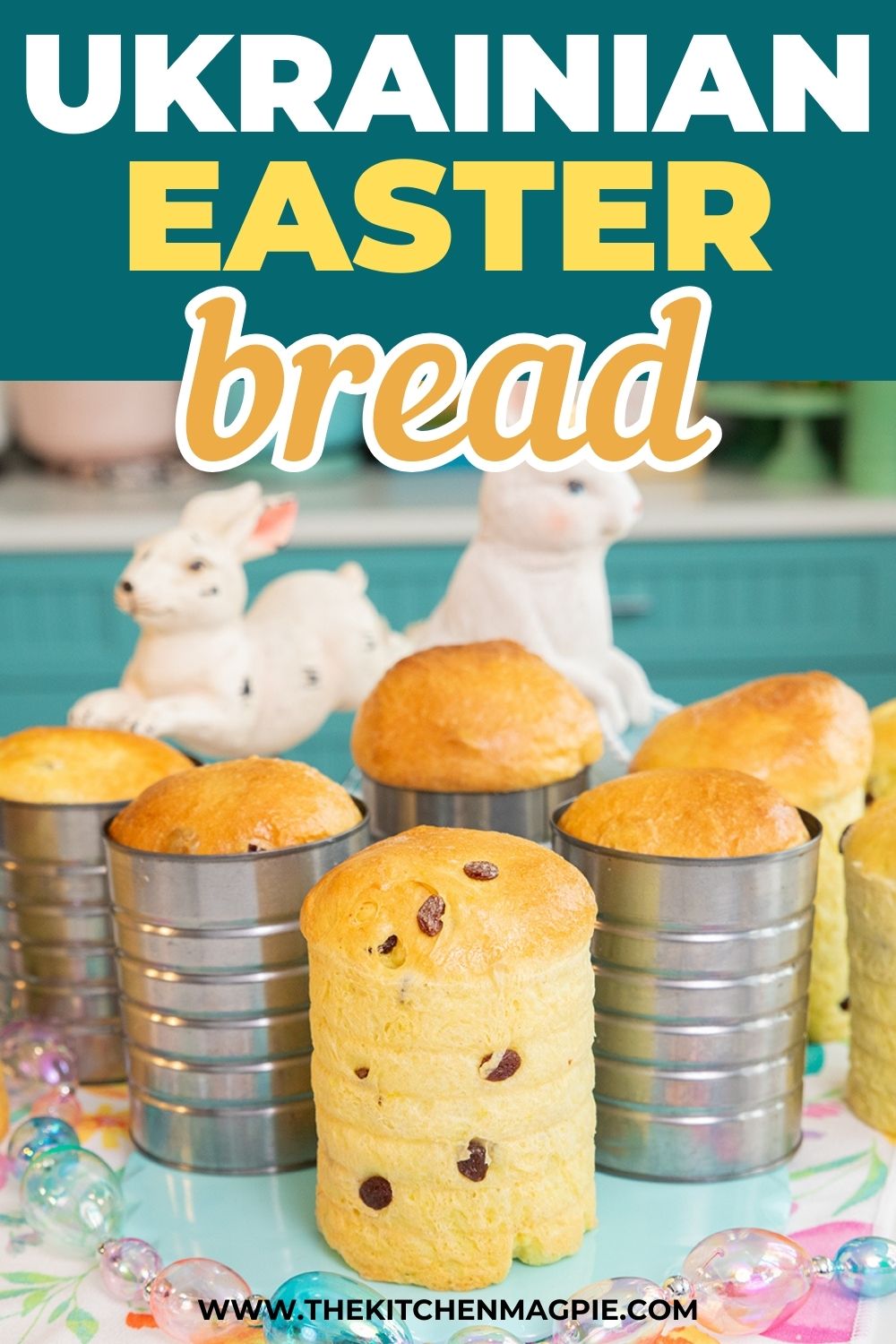
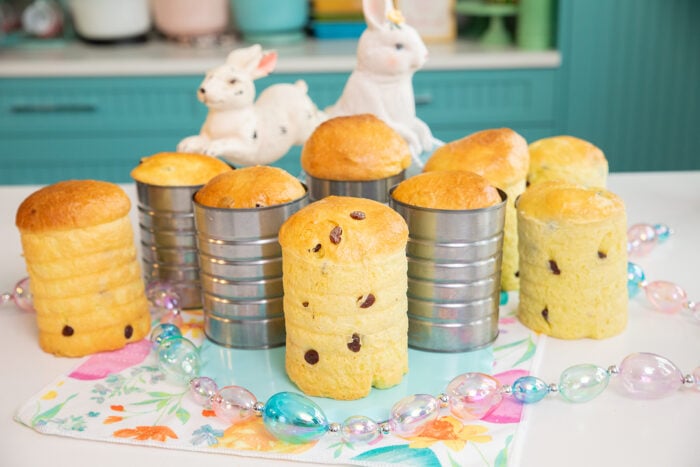
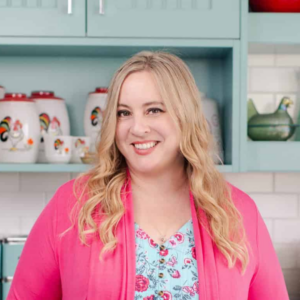
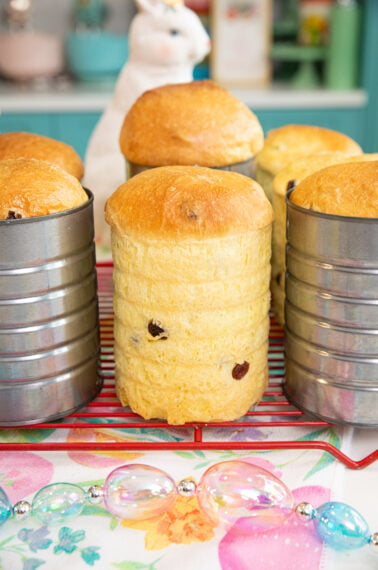

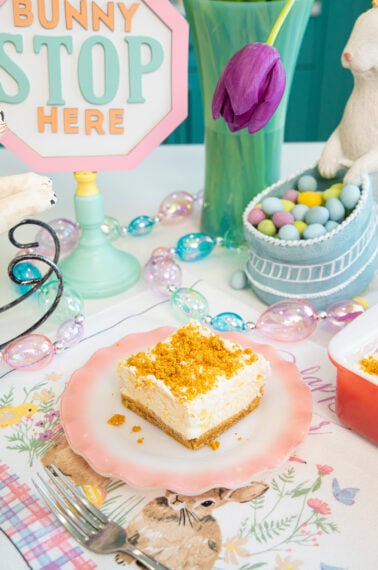
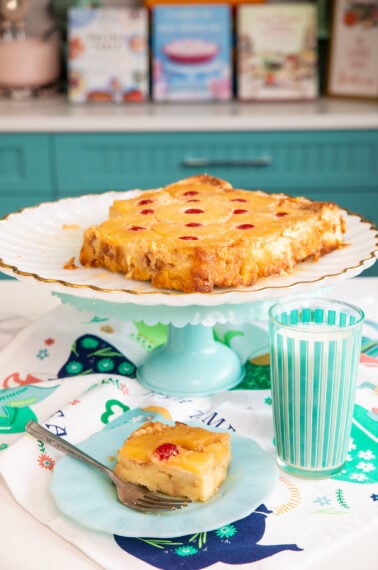


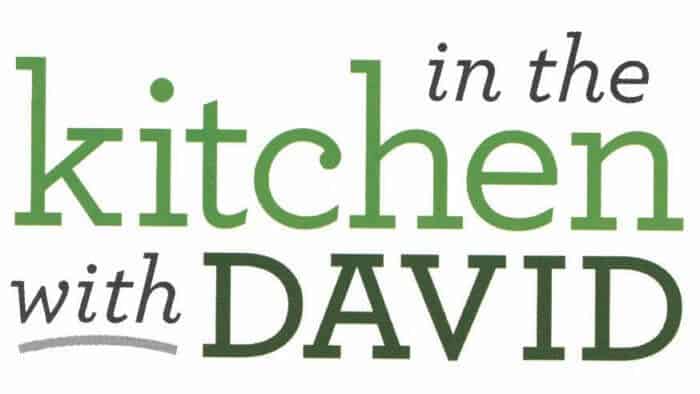





Val L says
Hi there! My mother was also Ukrainian, born and raised in Winnipeg Manitoba as a first generation Canadian. I had to write when I saw your pronunciation of Kielbasa….exactly how my mother pronounced it and everyone still laughs at me when I say it the same way…Koo-ba-sa! Emphasis on the “koo”! I always wondered where that came from. Thanks for making my day!